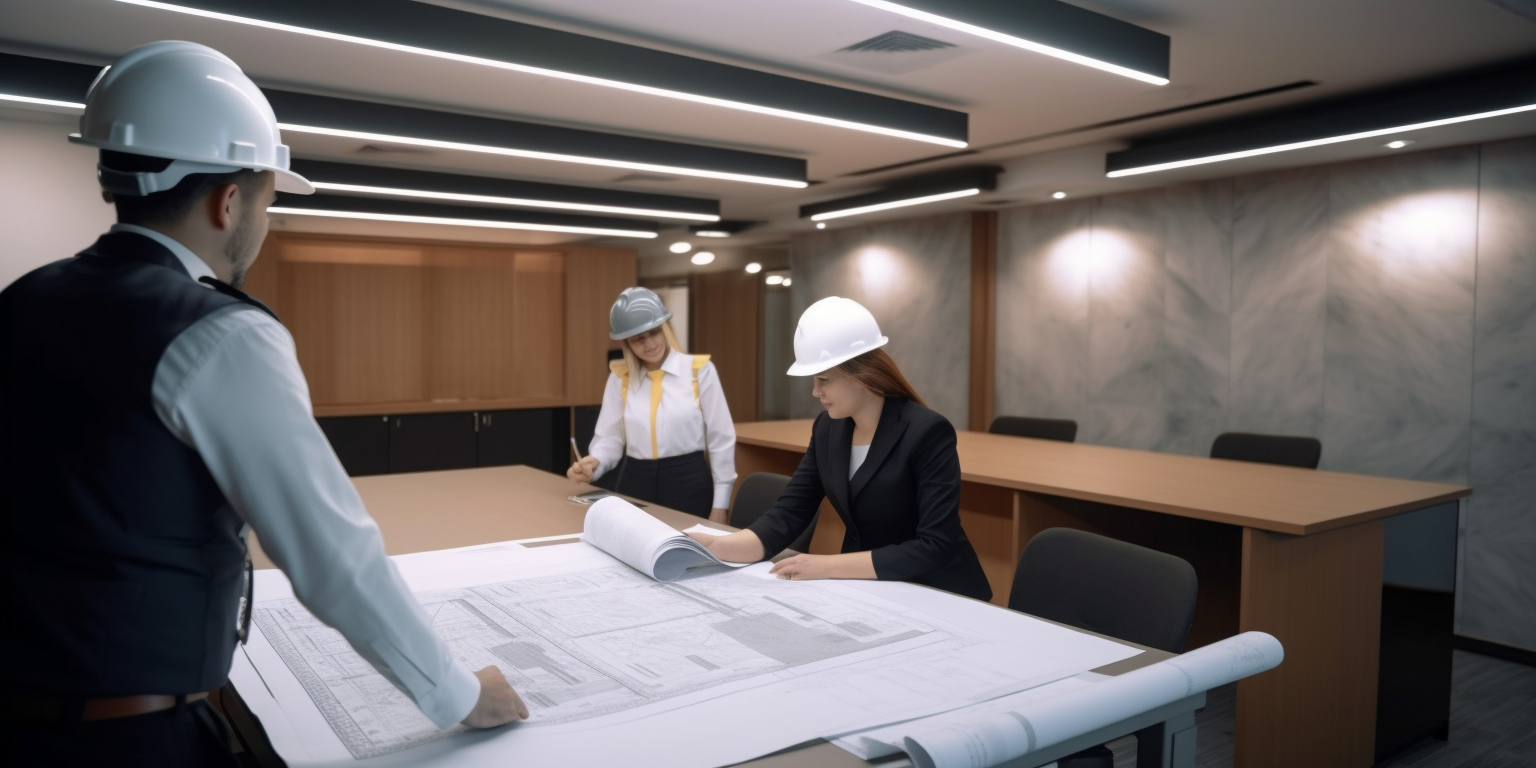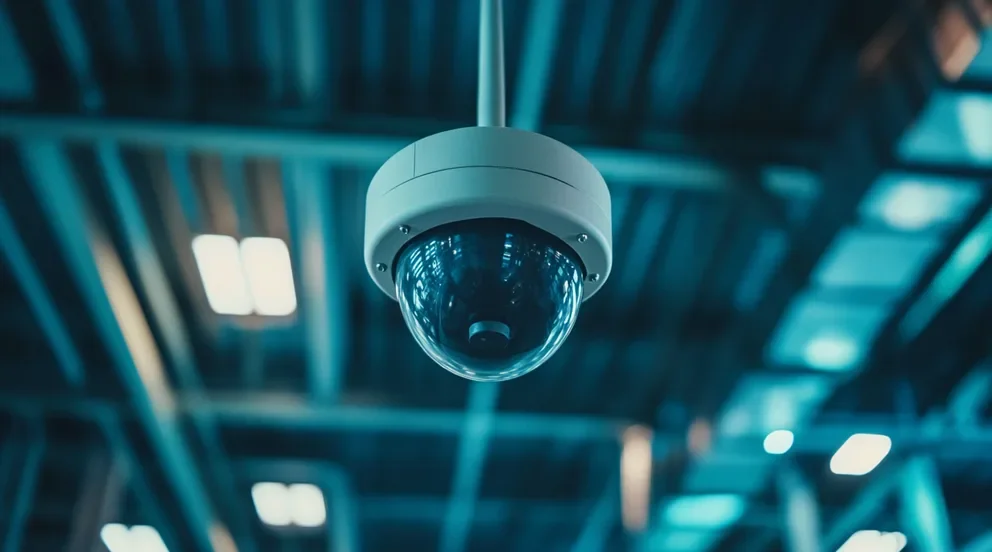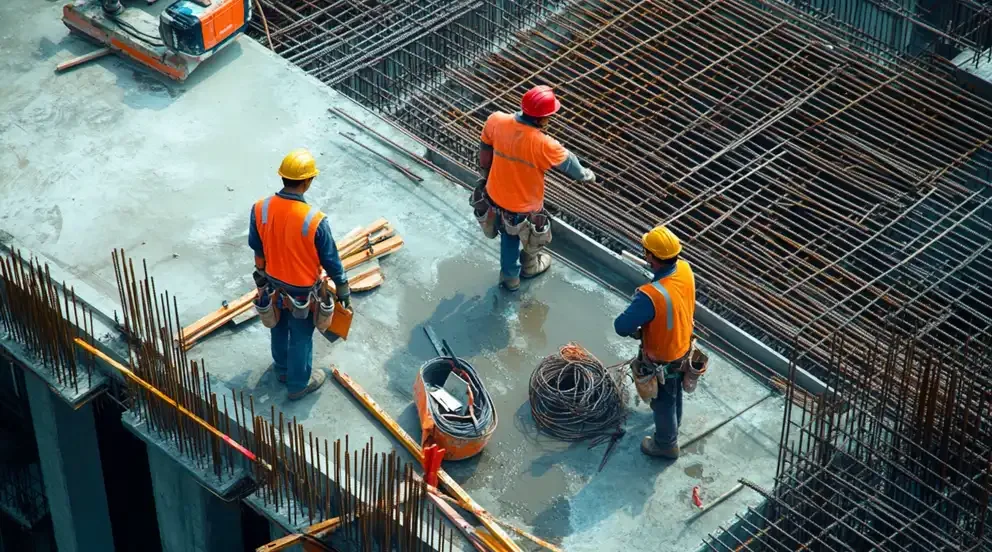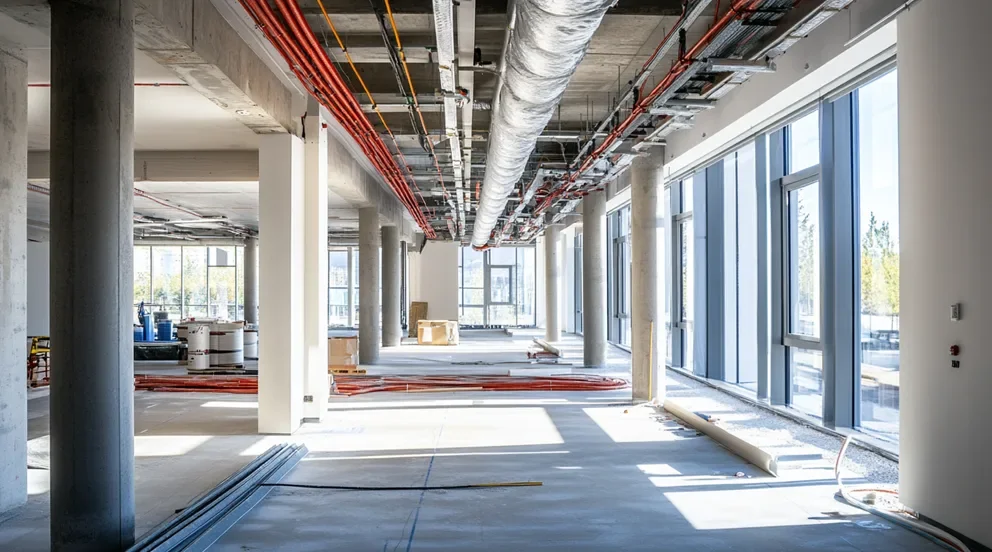High Rise Fire Protection Systems are specialized fire safety systems designed to protect tall buildings from the risk of fire. These systems are essential for reducing the damage caused by fires in high-rise buildings, as they can detect, control and suppress fires quickly and efficiently.
These Protection Systems involve a range of features which help to protect buildings from the risk of fire. This includes smoke detectors and alarms that can be set off in response to a potential fire hazard, such as excessive heat or smoke, sprinkler systems that can automatically activate when a certain temperature is reached, fire doors and walls that help slow down the spread of flames and evacuation plans that allow people inside a building to exit quickly and safely during an emergency.
Most high rise protection systems also feature intelligent software programs that enable them to monitor all areas of a building for potential fires. By using algorithms and artificial intelligence technology, these programs can detect any changes in temperature or air quality indicating the presence of smoke or heat much faster than humans would be able to. They can then activate the appropriate safety measures automatically so that any potential fire hazards can be immediately suppressed before becoming more serious.
High Rise Fire Protection Systems are an essential component of keeping tall buildings safe from the threat of fire. Through their combination of physical barriers, intelligent software programs and well-planned evacuation procedures, they give engineers peace of mind when designing tall structures knowing that any fires will be detected and contained quickly and effectively.
Components of High Rise Fire Protection Systems
A high rise fire protection systems typically include a variety of devices such as smoke detectors, sprinklers, fire alarms, special coatings, and others to provide early detection and suppression of fires.
Smoke detectors are the most commonly used component in high rise fire protection systems. They detect smoke particles in the air which can indicate an active or potential fire. Smoke detectors can be connected to a control panel that will alert building occupants or first responders when a fire is detected.
Sprinkler systems are essential for effectively suppressing fires in tall buildings. They consist of pipes with nozzles that release water when triggered by heat or smoke from a fire. Sprinkler systems use sophisticated networked monitoring and control systems to detect fires quickly and then activate the sprinklers accordingly. This gives building occupants more time to evacuate safely before the fire becomes uncontrollable.
Fire alarms are another important part of high rise fire protection systems. They are used to alert building occupants that there may be an emergency situation so they can take action to evacuate the premises quickly and safely. Fire alarm systems consist of sensors placed around the building, which detect smoke particles or heat from fires, and connect them with loud sirens or other audible warnings throughout the facility so people can take immediate action if needed.
Other components include special coatings on walls and windows that act as insulators against flames, as well as additional exits for areas above certain heights where traditional means of evacuation might not be possible due to height restrictions or other factors. Properly designed high rise fire protection systems should be tailored to meet individual building needs while providing maximum safety for occupants.
Safety Protocols in Design, Installation, and Maintenance
Designing, installing, and maintaining high rise fire protection systems requires strict safety protocols to ensure the safety of all individuals involved. First, prior to installation, a risk assessment must be done in order to identify any potential hazards. This includes evaluating the building’s structure and other potential ignition sources such as electrical components that may be present. Next, the appropriate fire suppression system must be chosen to best fit the needs of the building. Fire alarm systems should also be installed in order to quickly detect fires and sound alarms for occupants to evacuate.
Once a system is installed, regular maintenance is necessary to keep all components working properly. The National Fire Protection Association recommends testing each component of the system at least annually in order to ensure proper functionality. During maintenance checks, technicians should inspect all parts of the system for any signs of damage or wear and tear that could potentially interfere with its operation. In addition, combustible dust should be periodically swept from various areas within the building in order prevent it from accumulating and causing an accidental fire.
All personnel involved in designing, installing, and maintaining high rise fire protection systems must stay up-to-date with current public safety regulations as well as industry standards such as those set by NFPA and local jurisdictions. This helps ensure that all aspects of a particular system meet or exceed code requirements for optimal performance during a real-world fire emergency situation.
Key Persons Involved
The key persons in designing, installing, and maintaining High Rise Fire Protection Systems are architects, engineers, installers, and service technicians. Architects design the system by developing custom fire protection plans that ensure both safety and efficiency in the building. Engineers create the technical specifications of the system to meet fire safety codes and regulations. Installers use their knowledge of construction techniques to properly install the components of the system according to plan. Finally, service technicians are essential for ensuring proper maintenance of the systems over time.
Architects must have a working knowledge of the National Fire Protection Association (NFPA) standards and local laws related to high-rise buildings as they design fire protection systems that meet these requirements while also taking into consideration occupancy levels, building layout, and other special conditions. They are responsible for creating blueprints or computer-aided designs that illustrate how the system will be installed throughout a high rise building.
Engineers specialize in creating technical specifications that provide precise measurements for all components of the system from sprinklers to smoke detectors. In addition to NFPA guidelines, engineers must consider factors such as water pressure, flow rates, pipe sizes and types of piping used in order to ensure an effective design that meets all safety standards.
After creating the design and once all necessary components for installation are specified, experienced installers come into play. These professionals are well versed in construction techniques. They know how to handle hazardous materials safely during installation processes while ensuring code compliance at all times.
Service technicians may perform routine inspections or checkups on items like leakage testing or pipe corrosion as outlined by NFPA regulations or local law; diagnose any issues with existing equipment or wiring; repair parts when needed; document any problems found; replace outdated equipment with newer models; etc.
Key Factors in a High Quality System
High quality High Rise Fire Protection Systems are essential in order to ensure the safety of those who live and work in high rise buildings. There are many factors that indicate a system’s quality, including its components and installation methods.
First, the components should be top-of-the-line, certified, and designed specifically for high rise applications. This includes fire hoses, sprinkler heads, pumps, nozzles and other parts. The components should also be checked regularly for any wear or damage.
Second, the installation should be done by a professional contractor with experience in high rise systems. The contractor should have knowledge of local codes and regulations related to high rise fire protection systems so that they can install it properly and meet building standards. Additionally, all wiring should be properly connected to avoid any kind of interruption or failure during a fire emergency.
Third, the system should also have proper testing solutions to ensure its accuracy at all times. Regular inspection and maintenance is essential for continued performance; tests such as flow tests can help identify problems with subpar performance from any component quickly and easily.
Finally, an integrated alarm system is integral for alerting occupants if there is ever an issue with the fire protection system itself or a potential emergency situation within the building. Having effective alarm monitoring along with trained personnel onsite will help ensure timely response if ever needed.
When looking for quality high rise fire protection systems it is important to consider not just the initial cost but also the quality of components used as well as proper installation methods in place to guarantee its effectiveness over time.
New Tech Solutions for Streamlining Operations and Maintenance
In order to streamline the operation and maintenance of High Rise Fire Protection Systems, a number of new solutions have been developed. One such solution is the introduction of advanced analytics. Advanced analytics involve leveraging data collected from various stakeholders in order to identify trends and insights about the fire protection system. This allows for more informed decisions and proactive maintenance of the system which can help reduce downtime and increase reliability. Additionally, new remote monitoring technologies have been developed that allow engineers to monitor systems remotely, without having to physically access them. This enables a more timely response to any potential issues as well as providing preventative maintenance measures in order to avoid future problems.
AI-driven technologies have improved diagnostics capabilities, allowing engineers to accurately pinpoint issues quickly and efficiently. This can save on costs associated with faulty parts or incorrect repairs as well as reducing time spent trying to identify the root cause of an issue. In addition, predictive maintenance has been adopted by many companies in order to proactively detect any potential problems before they arise. Predictive maintenance uses machine learning algorithms and data collected from historical records in order to detect usage patterns that may point towards upcoming malfunctions or performance issues.
Cloud-based solutions are being used more frequently when it comes to fire protection systems operations due to their cost effectiveness and scalability advantages over traditional IT infrastructures. Cloud computing allows for quick deployment of services on demand without a significant capital investment upfront which makes it particularly suitable for smaller businesses who don’t necessarily need large scale IT infrastructure upgrades but do require reliable data management solutions for fire safety compliance purposes.
Key Takeaways:
High rise fire protection systems are essential for ensuring the safety of those who live and work in high rises. Quality components, installation by a professional contractor, regular tests such as flow tests to identify problems with subpar performance from any component quickly and easily, an integrated alarm system that alerts occupants if there is ever an issue or potential emergency situation within the building – all these factors contribute to having a reliable system. Additionally, new tech solutions can be used to streamline operations and maintenance activities while cloud-based solutions provide cost effectiveness and scalability advantages over traditional IT infrastructures. With careful consideration of all these aspects when looking for quality high rise fire protection systems, you can ensure effective safety compliance at all times.



